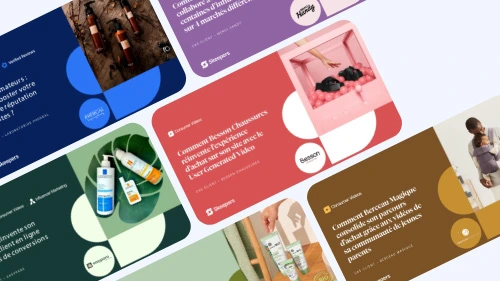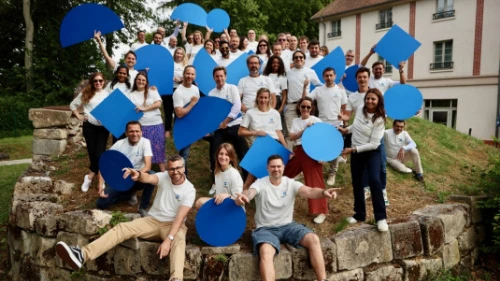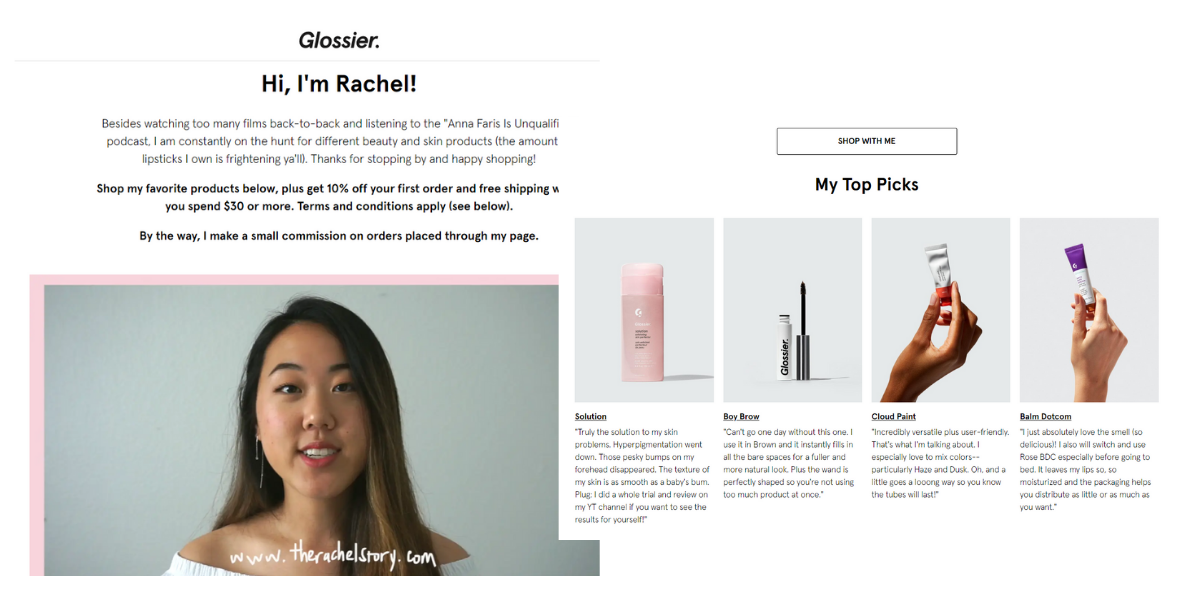Retailers are “tired of fighting with algorithms” to reach their community of passionate customers. This is what Lush posted when they left social media a few months ago, joining others, like Glossier, H&M & Sephora, in rethinking how dependent they’ve become on social media and building their own community platforms. But why community platforms? What...

Retailers are “tired of fighting with algorithms” to reach their community of passionate customers.
This is what Lush posted when they left social media a few months ago, joining others, like Glossier, H&M & Sephora, in rethinking how dependent they’ve become on social media and building their own community platforms.
But why community platforms? What goals do these help them achieve?
And should you be doing the same?
We’ve spotted 3 main reasons why brands are building community platforms:
- Secure access to top customers
(because reach & engagement is down on other channels)
- Increase customer loyalty through custom experiences
(because promos aren’t enough to meet customer expectations)
- Turn loyal customers into brand advocates
(because current loyalty programs aren’t maximizing the impact top customers can have)
Goal 1: Secure access to top customers
What we’re seeing: low reach on social media and poor email engagement means marketers are finding it harder to keep in touch with customers.
Declining reach on social media is pushing brands to safer alternatives
Retailers spent years and countless resources building their audience on social media. Over the past 2 years however, organic reach has been dropping significantly:
- 20% decline in reach in 2017 when Facebook decided to favor groups over brand pages, then another 34% decline (!) in 2018
- 20% drop in engagement on Instagram after the platform removed likes (based on early metrics)
To make up for this loss, brands are significantly upping their ad spend.
Marketers are growing worried about email’s long-term engagement
Email, the other big DTC channel, also shows real engagement problems:
- >75% of customers opted out of communication from a brand in the past 6 months
- For companies with European customers, some brands lost as much as 50% of their contact base with GDPR
What this means for brands
Email and social media will remain essential communication channels for any brand. But they’re no longer the most secure and future-proof channels to stay connected with top customers.
Brands need to develop new ways to access their best customers. Winners will be those that own the spaces their communities occupy. This explains the move to community platforms by Superdrug, H&M, and other big brands.
Goal 2: Increase customer loyalty through unique experiences
What we’re seeing: modern buyers, especially younger generations, no longer want ads, email blasts, or coupons from their favourite brands.
Brands are rethinking how they’re treating best customers and if they’re creating an experience worth coming back for, that truly differentiates them from their competitors.
Creating custom experiences that engage customers and source insights for retailers
With customers looking for unique experiences, it’s crucial brands have the freedom to create tailor-made experiences.
Custom and branded features aren’t an option on social media, so brands are testing these in physical stores through community-events (classes, workshops…), or doing this at scale on the platforms they own:
Monki customers are creating their favorite styles
H&M’s millennial brand recently launched their beta community platform. Their best customers can rate new collections and style their favorite #OOTD (“outfit of the day”)
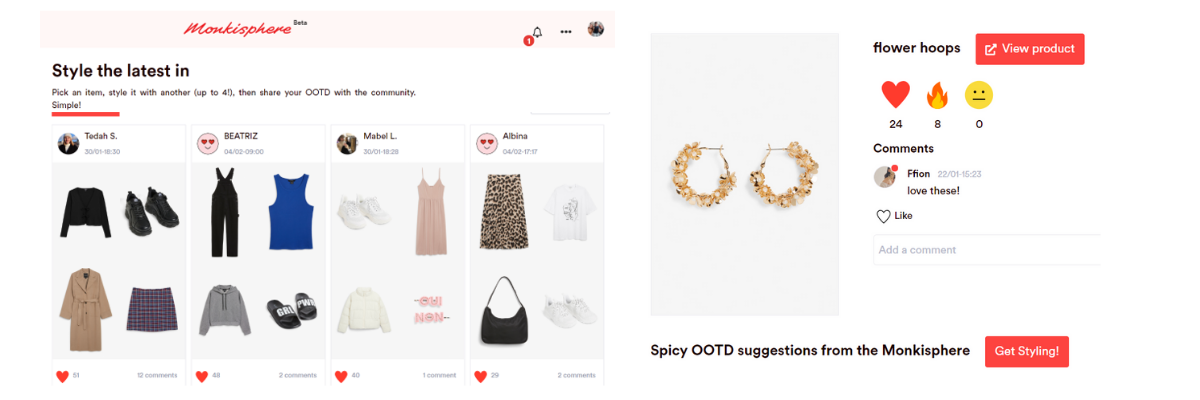
Why it’s a great experience for top customers?
Fans of the brand get to see the new collection in advance and tell the brand how they feel about it. Favorite styles can be featured on the brand’s website, socials & newsletter… Monki created a great way to make customers feel recognized and part of the brand.
Why it’s insightful for the brand?
Clever way for the Monki team to see which items are trending and connect best with their audience. These customer insights can inform their design, ecommerce, social and marketing teams.
Glossier’s community is co-creating best-selling products
The skincare & cosmetics company has become a huge success by focusing on community. Glossier sources their Into The Gloss blog readers to co-creates top-selling products. Glossier CEO Emily Weiss asked her blog readers about their dream face wash 9 months before the Milky Jelly Cleanser was released.

Why it’s a great experience for top customers?
Fans feel hyper connected to the product and brand. There aren’t many (if any other?) beauty brands that involve their customers this closely to the creation process.
Why it’s insightful for the brand?
Glossier only creates products they know their customers will like. This informs product teams but also design & marketing (the brand also sources ad copy, packaging with their community). And it looks like it’s working: the brand became a 1 billion $ company in the span of 5 years.
LEGO fans are submitting ideas for future sets
The famous toy company has a dedicated community platform called LEGO Ideas. Customers can submit their ideas for future LEGO sets; the community votes for their favorites. When a community idea gets 10k votes, the set gets made.
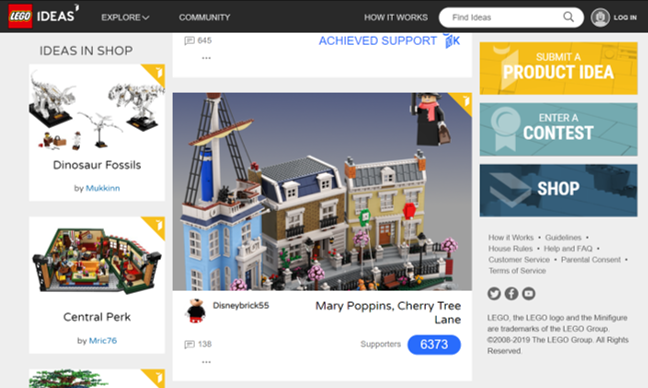
Why it’s a great experience for top customers?
Like the Glossier example above, fans feel like they’re building part of the brand. They can take their imagination one step further and imagine their own sets. If they get the 10,000 votes from the community and their set gets made, there’s great social recognition in that too. Imagine the experience for a LEGO fan to hold a set they’d imagined a few months before…
Why it’s insightful for the brand?
This kind of product sourcing at scale helps product teams discover new franchises or themes that would interest their core fans. The brand also recently acquired the biggest independent online community of adult LEGO fans, so more to come soon.
Need more inspiration?
Other unique experiences we’d recommend:
- Invite customers to new store openings
- Share previews of new ad campaigns before wide release
- Offer personal shopper service in store
- Ask feedback after the launch of a new collection
- Share sneak peeks of new collections before wide release
- Crowd source future product-names, website features, loyalty scheme rewards…
What this means for brands
Today’s customers are expecting more than earning a few points for every purchase from the brands they love. That’s why some are creating online and offline community spaces with unique experiences for fans.
What’s next?
Once you’re delighting top customers in a place you own, you can focus on ways to leverage their brand love and maximize their impact on sales.When done right, community platforms create a system that transforms loyal customers into brand advocates.
Goal 3: Turn loyal customers into brand advocates
What we’re seeing: retailers are realizing loyal customers can have impact beyond repeat purchases: a review or UGC can boost product page conversion by 15%.
This means there’s a real shift in how loyalty programs are built, as most traditional programs only rewarded purchases.
Building a system that rewards every positive action
Brands like Gymshark, LuluLemon, Sephora are moving beyond traditional points-for-purchase loyalty programs and creating systems that incentivize and reward customer advocacy at scale.
The goal is maximizing the impact their loyal customers can have by having them talk about the brand on social media, leave a review, post photos of their favorite products, come to a brand event, and more.
Since traditional loyalty programs aren’t built with advocacy in mind, and social media doesn’t allow to do this effectively (not linked to the CRM, no custom advocacy features), they are relying advocacy or community platforms:
Glossier is testing a referral program where customers generate new sales
- Top customers list favorite products on their profile
- Profiles are easily shareable on social media
- People clicking through to the Glossier website get a 10% discount
- If someone made a purchase through your profile, you get a discount too
Michaels’ loyal customers advise other shoppers
The biggest US arts & crafts store has a community chat that helps other shoppers:
- Loyal customers and DIY fans advise online shoppers on their craft project
- Community answers feed a wiki and FAQ that help shoppers find what they’re looking
- The retailer says their community helps lower customer service requests and ups conversion
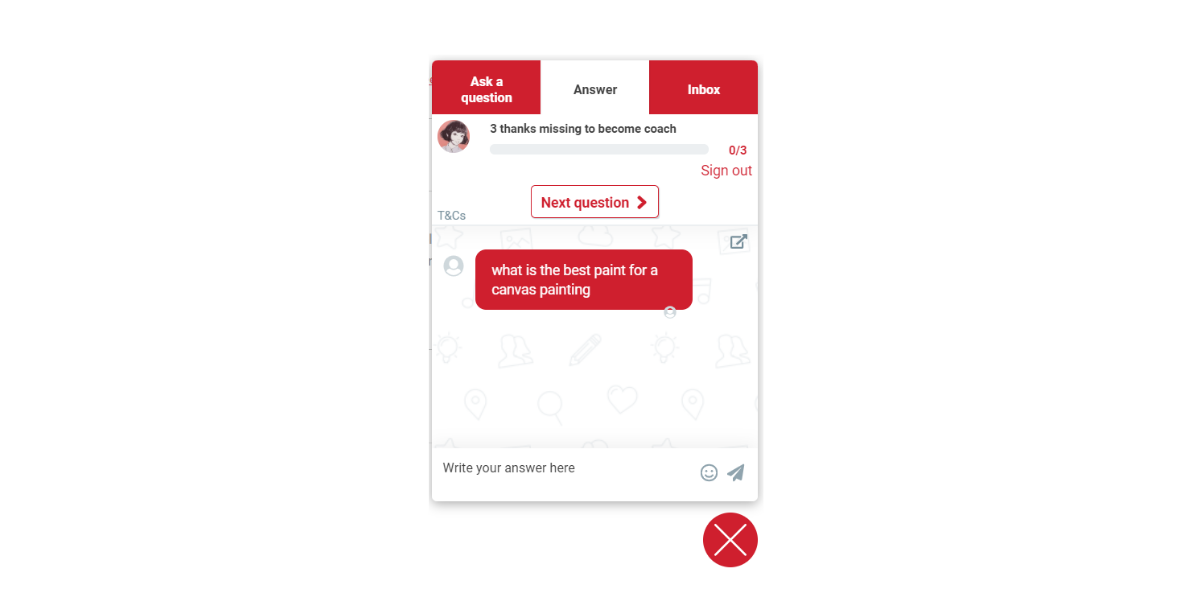
Superdrug’s customers test new products & write reviews
- Loyal customers get to discover new releases and test them for free
- They write reviews and give extensive product feedback, which are featured on product pages
- Superdrug can easily take this to the next level and have customers upload pictures, how-tos, beauty routines with the tested products
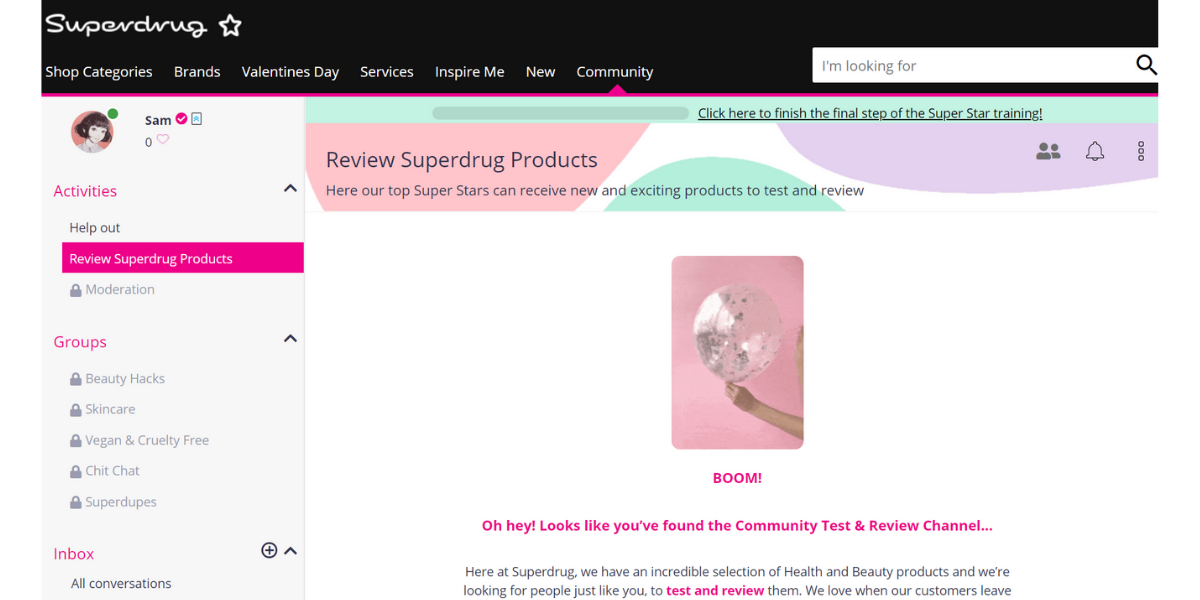
Other ways loyal customers can impact sales:
- Talking about your brand on social media
- Upload pictures of products/clothing to boost product pages
- Give product feedback
- Answer questions from other customers
- Write reviews to boost product pages
- Attend brand events
- Refer their favorite products
What this means for brands
The strongest brands will be those who create a system incentivizing loyal customers to go from repeat buying only to advocacy.
One trend for 2020 and beyond we’re following closely is brands upgrading their existing loyalty programs to next generation advocacy & community programs!
You’re all read up on the 3 reasons retailers are launching community platforms.
If these echo your community goals and you want to hear from our team of community experts, book your 1on1 session here or reach out to hanne@tokywoky.com





